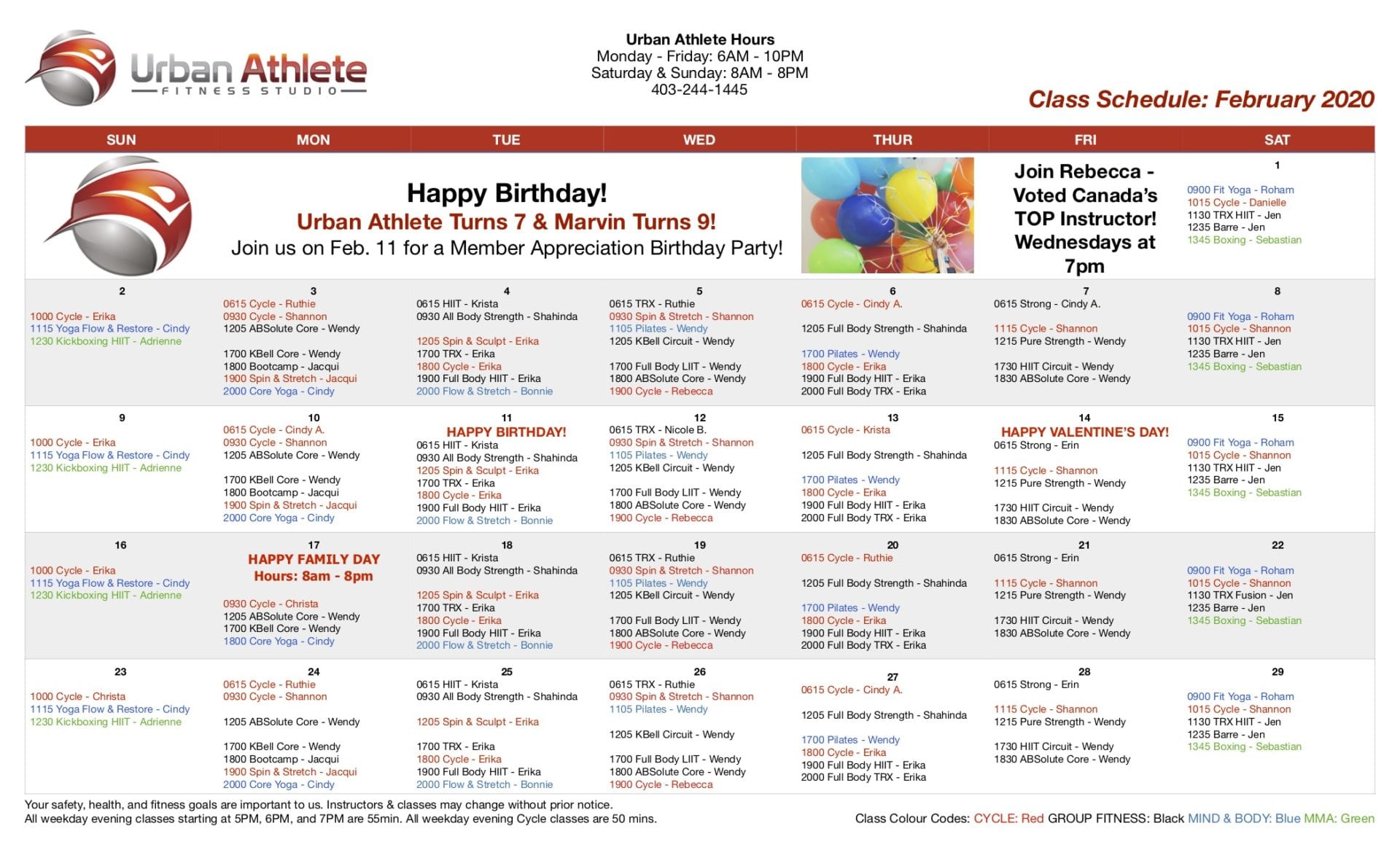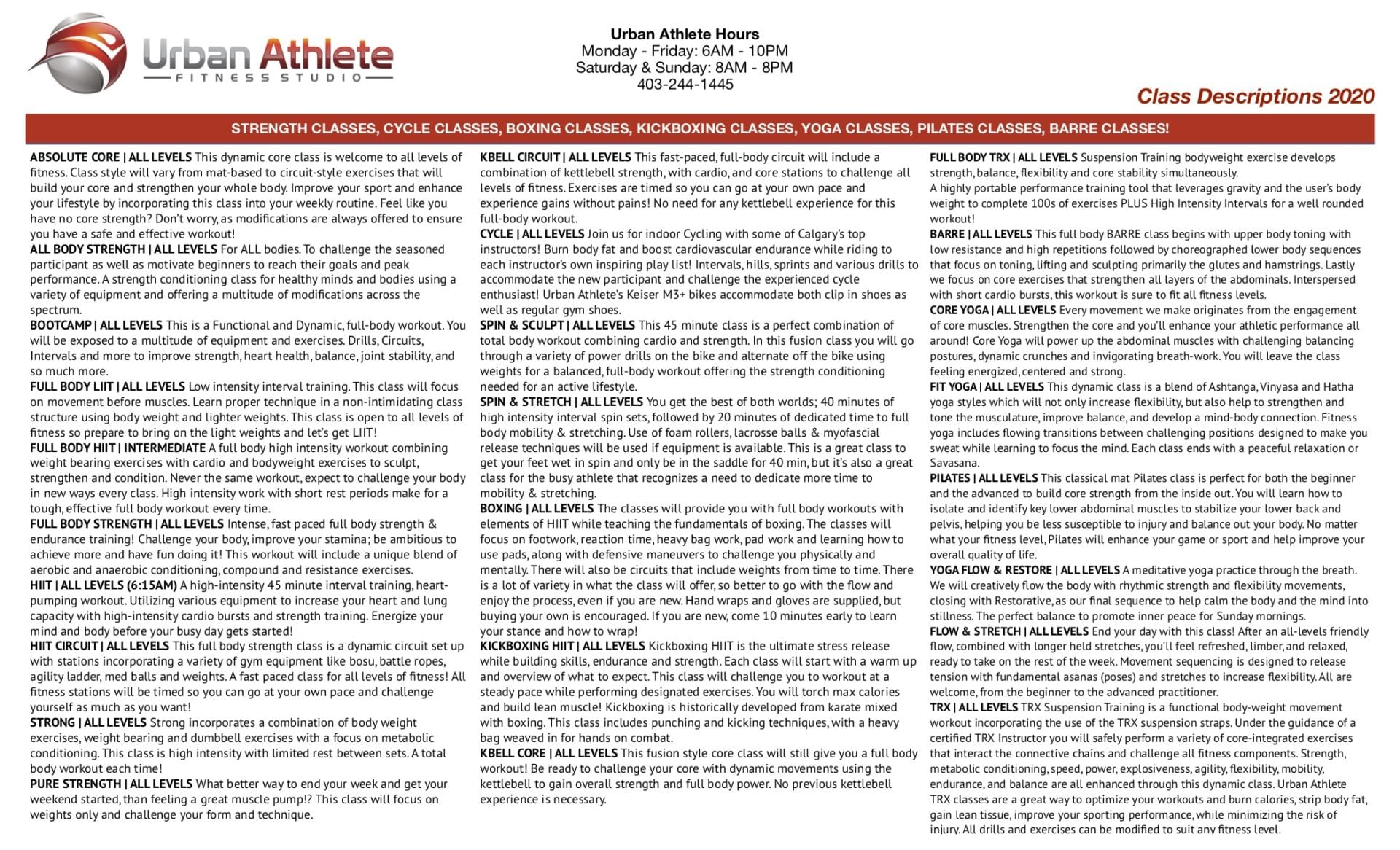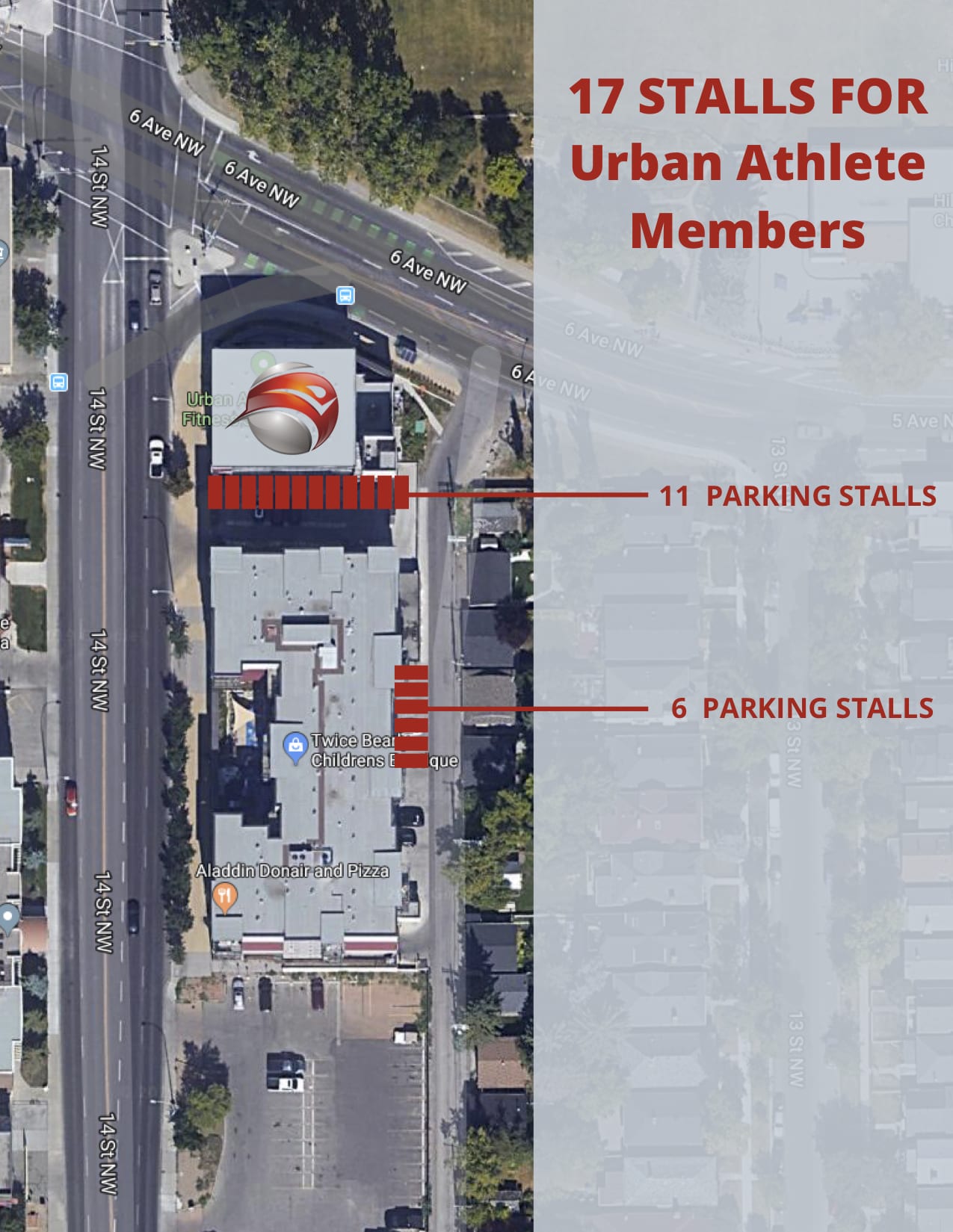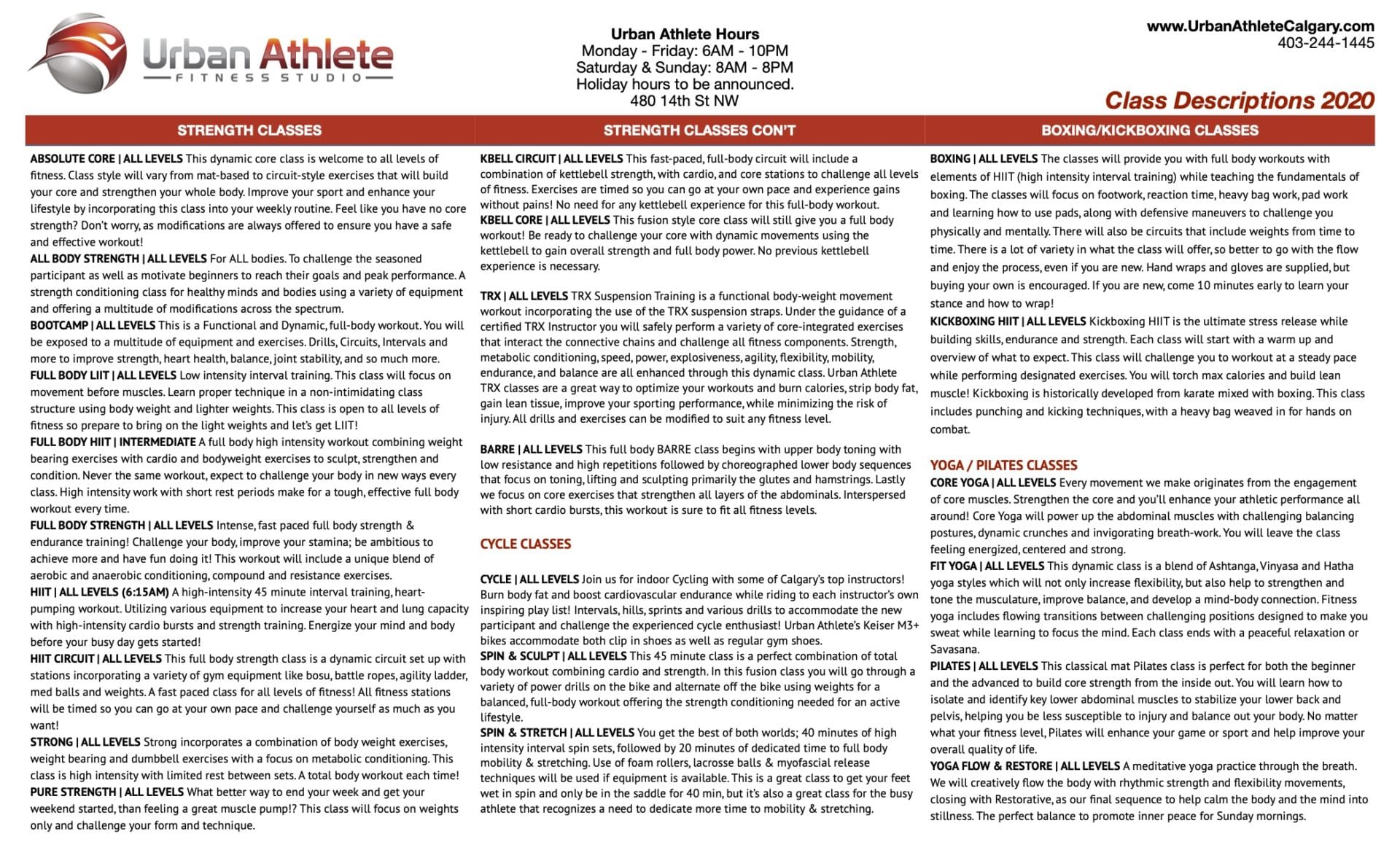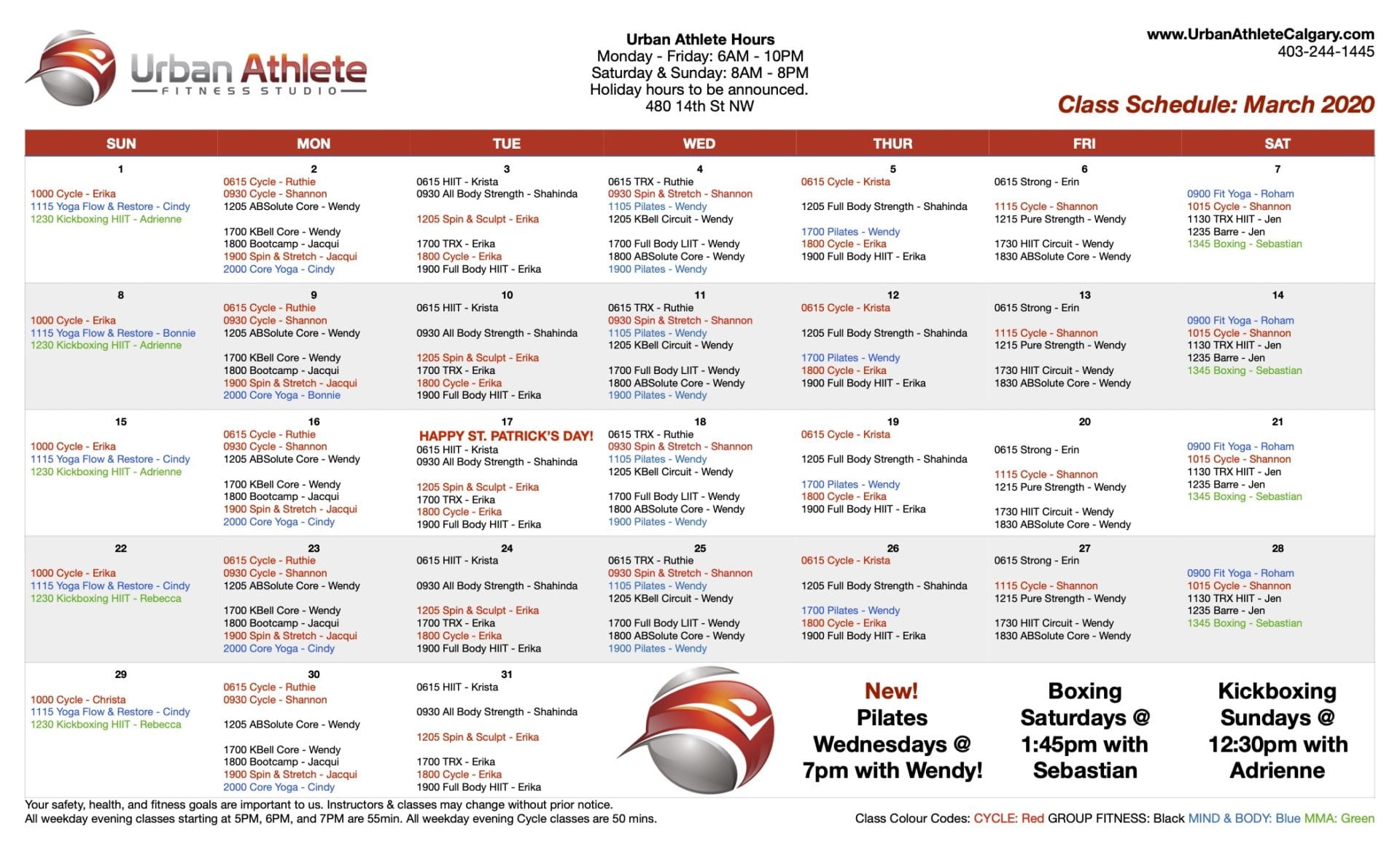What we know about the IT Band and what we don’t.
Information about health and fitness changes constantly. What we consider true or false about our bodies is only as accurate as the most current research, and, sometimes, even then, health professionals question what we have been taught and what we think we know, as information may be incorrect, outdated, or debatable.
This is especially true for information concerning the Ilio-tibial Band, or IT Band. The wealth of discussion around this topic of tightness and injury often leads to confusion and misunderstanding. The goal of this article is to reveal the facts and the misconceptions about the IT Band.
Fact: The IT Band is a tendon.
The IT Band, is a large, broad, flat tendon located on the outer thigh, with attachments originating from the iliac crest, tensor fascia latae, and gluteus maximus muscles and inserting at the knee. The IT Band overlies the outer quadriceps (vastus lateralis muscle).
A tendon is a soft-tissue structure that connects muscle to bone. Soft tissue refers to structures that connect, support, or surround other structures and organs of the body and include muscles, tendons, and ligaments.
Tendons are viscoelastic tissues. The dry mass of human tendons is approximately thirty per cent of the total tendon mass, with water accounting for the remaining seventy per cent. Tendons are not contractile, meaning they cannot contract to shorten like a muscle.
The function of tendon structures is to transfer force produced by the contractile component (muscle) to the connecting bone. They act as biological springs that can stretch elastically, storing and releasing energy during movement and regulating the muscle’s mechanical performance.
Fact: The IT Band stabilizes the knee.
The IT Band functions to stabilize the knee by action of the hip and pelvis muscles to control excessive knee movement and maintain alignment of the leg.
False: The IT Band can be tight.
Tightness implies that the soft tissue can contract and loosen. As the IT Band is a tendon, it cannot contract, or shorten, and, therefore, cannot be tight. This would be equivalent to saying that the Achilles tendon or the patellar tendon is tight, which, again, isn’t possible.
To understand the difference between different kinds of soft tissue, push on your thigh muscle and then push on your Achilles tendon just above the ankle. The difference is easily felt, as the tendon feels like a dense band and the muscle feels like a softer, compressible tissue.
The appropriate term to use when discussing a restrictive tendon is stiffness. This is based on the physiological properties and composition of the tendon.
Further, tension on the IT Band from the gluteus maximus, tensor fascia latae (TFL), or vastus lateralis (VL) muscles can be interpreted as tightness.
False: The IT Band is the primary source of outer thigh tightness or discomfort.
The confusion arises because of the anatomy and layering of soft-tissue structures of the thigh. The IT Band overlies the VL muscle (one of four quads, or quadriceps, muscles). The VL originates in the front outer quadrant of the thigh and extends back to the hamstrings, travelling under the IT Band. The VL is the most common source of tightness or discomfort in the outer thigh. IT Band stiffness needs to be differentiated from the VL to address the symptom properly and effectively.
Maybe: The IT Band is the primary source of knee pain.
The pain must be differentiated from numerous other soft-tissue structures around the knee, especially the lowermost VL muscle and tendon. The IT Band may be a significant source of pain, but it must be diagnosed correctly.
IT Band Syndrome may be the soure of knee pain when:
1) Pain in the knee occurs during activity and subsides with rest,
2) Pain is located approximately two centimetres above the lateral knee joint line,
3) Pain occurs when the knee is flexed at thirty degrees,
4) Pain is aggravated by stairs and running downhill.
Maybe: IT Band Syndrome is caused by friction on the bony knee.
When, in fact, pain is the result of true IT Band Syndrome, there is debate on the mechanism of the injury. Traditionally, IT Band pain is regarded as a friction syndrome resulting from repetitive rubbing or friction of the band on the outer bony prominence of the knee, causing pain and inflammation.
However, in 2006, Fairclough et al. conducted an MRI study that demonstrated that the mechanism of IT Band Syndrome can be attributed to compression, where the band travels inward and outward as the knee flexes and extends. The repetitive compression may aggravate the IT Band. Further, it was theorized that the IT Band compresses and irritates innervated fat that underlies the IT Band.
True: Injured tendons heal more slowly than muscles.
The lower blood supply and metabolic rate of tendons result in slower healing of tendon injuries.
Maybe: The IT Band should be rolled on the foam roller.
Rolling is typically used for releasing muscles (i.e., contractile tissue). The IT Band is a broad tendon and, as previously discussed, tendons are non-contractile tissue and thus cannot be tight or loosened.
However, it can be beneficial with the proper rationale. Strategically, rolling can be used to decrease the stiffness of the IT Band when appropriate. Also, the IT Band is surrounded by fascia and is one of the soft-tissue structures that fascially connect the lateral fascial train. Therefore, if the intent is to release the fascia of the lateral train via the IT Band, rolling is then appropriate. Although, keep in mind that deeper rolling will compress the VL, which will generate tenderness.
False: The IT Band is the source of pain when you roll on the foam roller.
The VL is the most likely source of discomfort when rolling. The IT Band and VL are compressed between two hard surfaces: the roller and the femur. The VL, being softer muscle tissue, will most likely be painful when compressed between two hard surfaces.
Maybe: The IT Band should be stretched.
Stretching is most commonly used to improve flexibility by increasing the resting length of a muscle. As a tendon, the IT Band will not increase its resting length when stretched and elongated.
A study by Kubo et al. examined the influence of static stretching on viscoelastic properties of human tendon structures and determined that static stretching decreases the viscosity of tendon structures and increases the elasticity. Therefore, stretching can be used to decrease the stiffness and improve the elasticity of the IT Band.
However, it is recommended that when stretching for tightness, discomfort, or inflexibility, the tight muscle be determined and stretched or rolled accordingly.
True: Resistance training can alter the stitiffness of a tendon.
In 2002, a study by Kubo et al. demonstrated that resistance training can increase the stiffness of tendon structures. This can be used strategically to manage tendon injury or prevent injury from occurring.
Diagnosing the true cause of thigh tightness or knee pain-biomechanical, exercise technique, or muscular imbalance-will tell us whether the IT Band is involved or not. If pain does originate in the IT Band, managing and correcting the pain will require determining if the injury is a compression or friction syndrome and what structure is the specific source of the injury.
To identify a particular issue or injury, the complaint should be examined and diagnosed by a health professional with a sports therapy focus. The health professional should have diagnostics in their scope of practice and knowledge of sports injuries and provide soft-tissue treatment (i.e., Active Release Techniques (ART) or Graston Technique) and exercise rehabilitation (i.e., foam rolling or stretching).
About the Authors
Ryan Emmons and Angela Pucci are chiropractors and ART, Graston, kinesiotape, and medical acupuncture providers, focusing on biomechanics and sports performance therapy. They are the co-owners of Cadence Chiropractic and Sports Therapy in Calgary. Seewww.cadencesportstherapy.com.
“The Truth about the IT Band” was first published in the November/December Winter Running & Fitness Issue of IMPACT Magazine.

